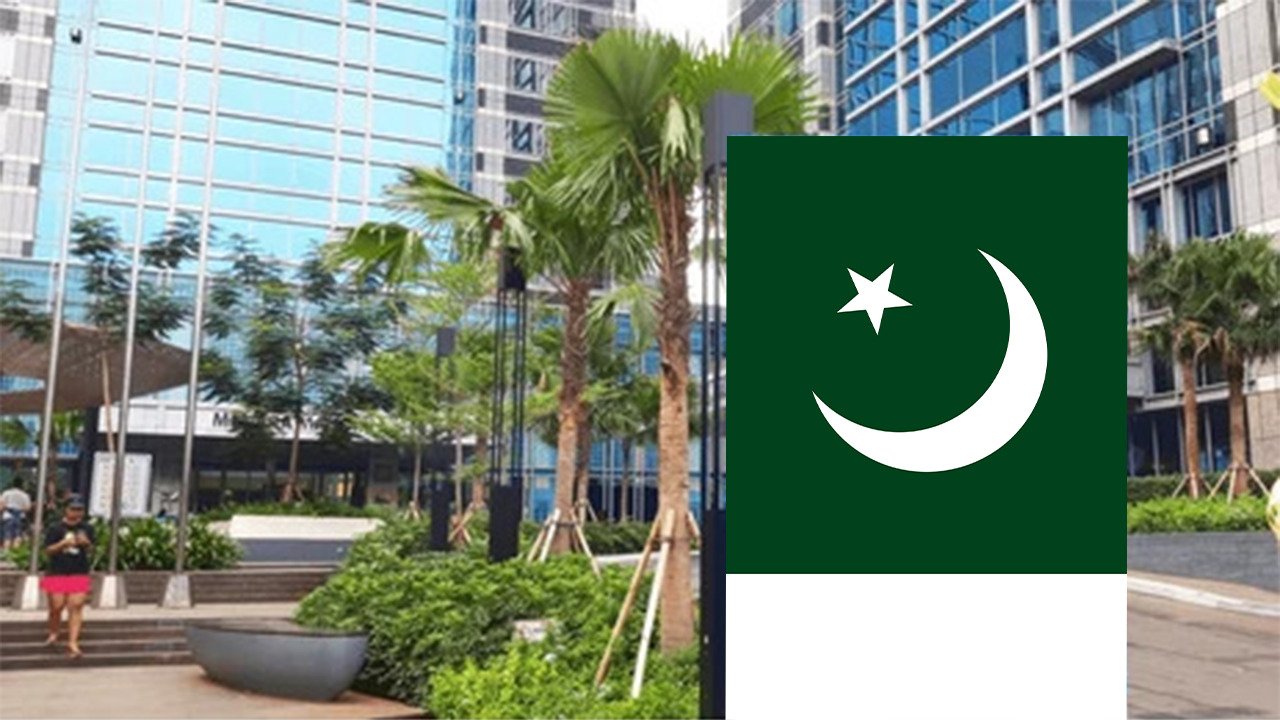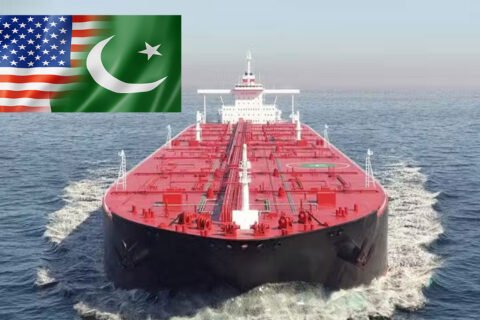Islamabad: Pakistan’s economy grew by 3.0 percent in the fiscal year ending June 2025, up from 2.6 percent the previous year, driven by a rebound in industry and services despite major flood damage, the World Bank said in its latest Pakistan Development Update released Tuesday.
The report projected growth to remain at 3 percent in the fiscal year ending June 2026 before strengthening in the medium term as macroeconomic stability and reforms take hold.
Industrial Recovery Lifts Growth Despite Agricultural Losses
Pakistan’s industrial and services sectors supported growth as confidence improved, the World Bank said. Inflation and fiscal pressures eased somewhat due to tighter monetary policy and fiscal consolidation measures.
However, agriculture lagged, hampered by adverse weather, pest infestations, and the recent floods, which caused extensive damage to farmlands and urban areas.
“Pakistan’s recent floods have imposed significant human costs and economic losses, dampening growth prospects and adding pressure on macroeconomic stability,” said Bolormaa Amgaabazar, World Bank Country Director for Pakistan.
Amgaabazar emphasized that sustaining reforms, creating jobs, and strengthening social safety nets are essential to maintaining growth momentum and protecting vulnerable communities.
Floods to Weigh on Growth Through FY26
The World Bank expects the flood impacts to continue affecting the economy through the next fiscal year. Real GDP growth is forecast to hold at 3 percent in FY26, with a gradual rise to 3.4 percent in FY27 contingent on macroeconomic stability and sustained reform implementation.
“Sustaining progress will require a balanced mix of revenue and expenditure measures to manage flood impacts while maintaining fiscal discipline,” said Mukhtar Ul Hasan, the report’s lead author.
He added that the government must broaden the tax base, strengthen tax administration and divest state-owned enterprises to reduce the public sector’s footprint and promote private investment.
Exports Remain a Key to Sustainable Growth
A special chapter of the report highlighted that exports are central to Pakistan’s long-term stability, warning that their decline from 16% of GDP in the 1990s to about 10% in 2024 has made the economy overly dependent on debt and remittance-driven consumption.
The report cited high tariffs, complex regulations, and expensive logistics and energy costs as key barriers to export competitiveness.
“The government has placed export growth at the center of its development agenda,” said Anna Twum, co-author of the report. “Recent tariff reforms under the National Tariff Policy mark a historic step, but they must be complemented by a market-determined exchange rate, improved trade finance, and expanded access to global markets.”
Reforms Remain Critical for Stability
The World Bank urged Pakistan to stay the course on structural reforms to ensure long-term resilience. It called for deeper trade integration, digital and energy infrastructure expansion, and stronger social protection systems to buffer future shocks.
Despite challenges, the report expressed cautious optimism that consistent policy discipline and targeted reforms can restore growth momentum and place Pakistan on a more sustainable development path.





